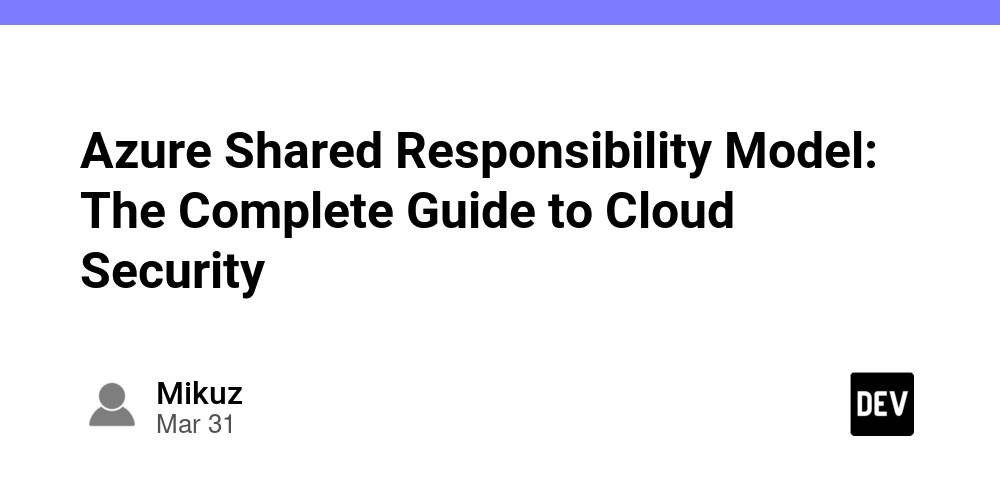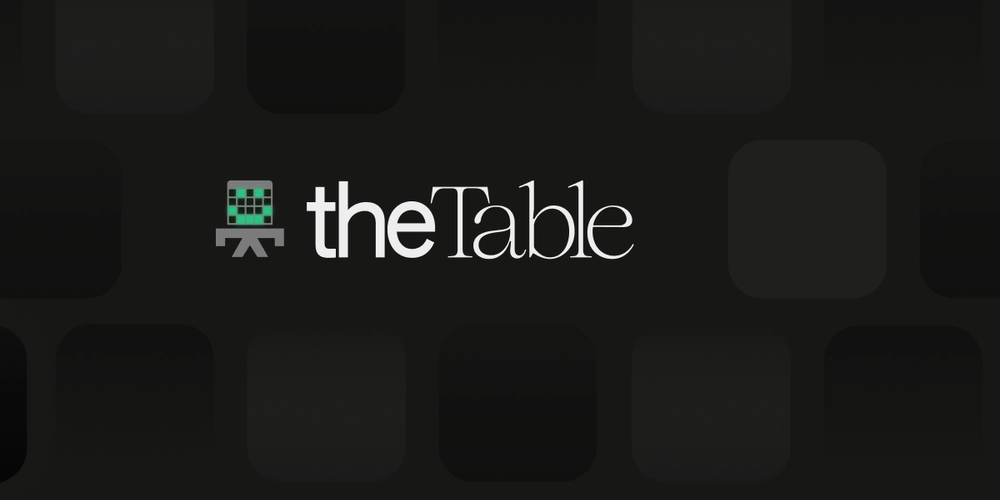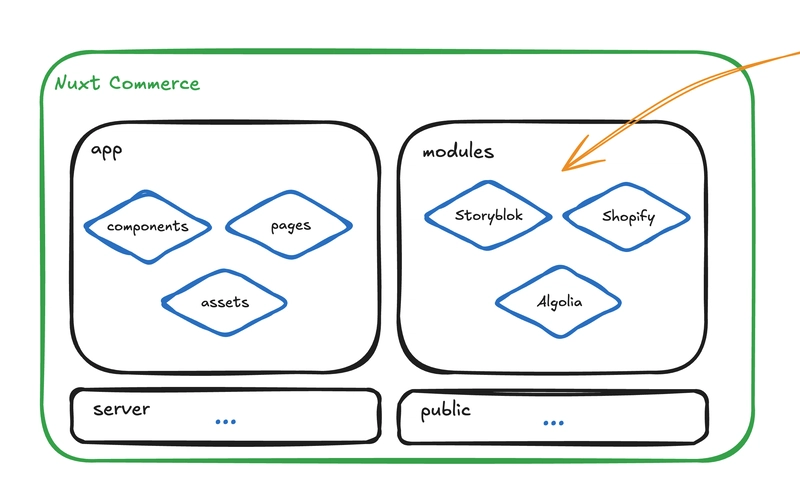Azure Shared Responsibility Model: The Complete Guide to Cloud Security
Cloud security has evolved significantly with the introduction of the Azure shared responsibility model, which creates a partnership between cloud providers and their customers. This model clearly defines who is responsible for different aspects of cloud security - from physical infrastructure to application-level protection. While cloud service providers like Microsoft handle the foundational security elements, customers must actively manage their own security responsibilities. Organizations approaching cloud adoption take different paths: some build their security framework from scratch in the cloud, while others gradually transition from traditional security models. Success in either approach depends on clearly understanding where Microsoft's security duties end and customer responsibilities begin. Core Components of the Shared Responsibility Framework Understanding Security Boundaries The foundation of Azure's security model rests on clearly defined boundaries between provider and customer responsibilities. These boundaries shift based on the service type being used. Infrastructure-as-a-Service (IaaS) customers assume most security responsibilities above the hardware level. Platform-as-a-Service (PaaS) users benefit from Microsoft handling more security elements, while retaining responsibility for application security. Software-as-a-Service (SaaS) customers focus primarily on data and access management, with Microsoft covering most other security aspects. Security Domain Distribution Microsoft Azure maintains complete control over physical security elements, including datacenter protection and hardware integrity. Network security responsibilities are split between Azure and customers, with Azure providing basic DDoS protection and network isolation capabilities while customers configure specific security rules and architectures. Customers bear full responsibility for data classification, sensitive information identification, and access control management, including user accounts and role assignments. Dynamic Nature of Responsibilities The responsibility framework isn't static - it evolves as Azure introduces new features and services. Organizations should conduct quarterly reviews of their security boundaries and adjust their controls accordingly. This dynamic approach ensures security measures remain current and effective as cloud services evolve. Critical Security Domains Key areas requiring customer attention include: Identity orchestration Infrastructure security Threat detection Network architecture Data protection Organizations must implement specific controls in each domain: Configure Privileged Identity Management (PIM) and role-based access control Develop and maintain security policies as code Customize threat detection rules for specific organizational needs Design network security controls and microsegmentation Implement multi-layer encryption strategies Success in cloud security requires organizations to maintain detailed documentation of their security responsibilities, often through a control ownership map or security responsibility matrix. This documentation ensures no security aspects fall through the cracks and helps teams understand their specific security duties within the broader cloud environment. Identity Management in Azure Cloud The Scope of Identity Services While Azure provides robust identity infrastructure tools, organizations must actively configure and manage these systems. Microsoft supplies the technical framework - including Privileged Identity Management (PIM), Role-Based Access Control (RBAC), and conditional access features - but customers are responsible for implementing and maintaining these tools according to their security requirements. Essential Customer Responsibilities Organizations must take ownership of several critical identity management tasks: Establishing precise time windows for privileged access through PIM Developing approval workflows for elevated permissions Creating risk-based conditional access rules Structuring RBAC roles to enforce minimal privilege access Implementing systematic access reviews Tracking identity usage and investigating suspicious patterns Strategic Implementation Approach Effective identity management requires organizations to deeply understand their operational needs and risk tolerance levels. Security teams must collaborate with business units to define appropriate access levels, determine activation periods for privileged roles, and establish governance procedures that balance security with operational efficiency. Monitoring and Maintenance Organizations must establish continuous monitoring systems to track identity usage patterns and detect potential security threats. This includes: Regular audits of access permissions Analysis of authentication patterns Review of privileged activity logs Assessm

Cloud security has evolved significantly with the introduction of the Azure shared responsibility model, which creates a partnership between cloud providers and their customers. This model clearly defines who is responsible for different aspects of cloud security - from physical infrastructure to application-level protection. While cloud service providers like Microsoft handle the foundational security elements, customers must actively manage their own security responsibilities. Organizations approaching cloud adoption take different paths: some build their security framework from scratch in the cloud, while others gradually transition from traditional security models. Success in either approach depends on clearly understanding where Microsoft's security duties end and customer responsibilities begin.
Core Components of the Shared Responsibility Framework
Understanding Security Boundaries
The foundation of Azure's security model rests on clearly defined boundaries between provider and customer responsibilities. These boundaries shift based on the service type being used. Infrastructure-as-a-Service (IaaS) customers assume most security responsibilities above the hardware level. Platform-as-a-Service (PaaS) users benefit from Microsoft handling more security elements, while retaining responsibility for application security. Software-as-a-Service (SaaS) customers focus primarily on data and access management, with Microsoft covering most other security aspects.
Security Domain Distribution
Microsoft Azure maintains complete control over physical security elements, including datacenter protection and hardware integrity. Network security responsibilities are split between Azure and customers, with Azure providing basic DDoS protection and network isolation capabilities while customers configure specific security rules and architectures. Customers bear full responsibility for data classification, sensitive information identification, and access control management, including user accounts and role assignments.
Dynamic Nature of Responsibilities
The responsibility framework isn't static - it evolves as Azure introduces new features and services. Organizations should conduct quarterly reviews of their security boundaries and adjust their controls accordingly. This dynamic approach ensures security measures remain current and effective as cloud services evolve.
Critical Security Domains
Key areas requiring customer attention include:
- Identity orchestration
- Infrastructure security
- Threat detection
- Network architecture
- Data protection
Organizations must implement specific controls in each domain:
- Configure Privileged Identity Management (PIM) and role-based access control
- Develop and maintain security policies as code
- Customize threat detection rules for specific organizational needs
- Design network security controls and microsegmentation
- Implement multi-layer encryption strategies
Success in cloud security requires organizations to maintain detailed documentation of their security responsibilities, often through a control ownership map or security responsibility matrix. This documentation ensures no security aspects fall through the cracks and helps teams understand their specific security duties within the broader cloud environment.
Identity Management in Azure Cloud
The Scope of Identity Services
While Azure provides robust identity infrastructure tools, organizations must actively configure and manage these systems. Microsoft supplies the technical framework - including Privileged Identity Management (PIM), Role-Based Access Control (RBAC), and conditional access features - but customers are responsible for implementing and maintaining these tools according to their security requirements.
Essential Customer Responsibilities
Organizations must take ownership of several critical identity management tasks:
- Establishing precise time windows for privileged access through PIM
- Developing approval workflows for elevated permissions
- Creating risk-based conditional access rules
- Structuring RBAC roles to enforce minimal privilege access
- Implementing systematic access reviews
- Tracking identity usage and investigating suspicious patterns
Strategic Implementation Approach
Effective identity management requires organizations to deeply understand their operational needs and risk tolerance levels. Security teams must collaborate with business units to define appropriate access levels, determine activation periods for privileged roles, and establish governance procedures that balance security with operational efficiency.
Monitoring and Maintenance
Organizations must establish continuous monitoring systems to track identity usage patterns and detect potential security threats. This includes:
- Regular audits of access permissions
- Analysis of authentication patterns
- Review of privileged activity logs
- Assessment of conditional access policy effectiveness
Governance Framework
A robust governance structure is essential for maintaining identity security. Organizations should implement regular review cycles, clear escalation paths for access requests, and documented procedures for managing identity-related incidents. This framework should adapt to organizational changes and evolving security requirements while maintaining consistent security standards across the cloud environment.
The division of responsibilities makes practical sense - Microsoft provides the technical capabilities, but only individual organizations can determine their specific security needs and risk tolerance levels. Success depends on organizations taking full ownership of their identity configuration and management responsibilities.
Infrastructure Security Governance in Azure
Policy Implementation Framework
Azure Policy offers extensive security control options, ranging from basic resource management to complex network security configurations. While Azure simplifies policy deployment and scanning, organizations face the challenge of creating and maintaining effective security policies that align with their business requirements. The key lies in transforming security requirements into automated, enforceable policies that protect resources without hampering operations.
Security as Code Approach
Modern cloud security demands treating security policies as code - a practice that brings software development discipline to security management. Organizations should:
- Maintain policy definitions in version control systems
- Test policies in development environments before deployment
- Document policy changes and rationale
- Implement automated testing for policy configurations
- Use infrastructure-as-code tools to manage policy deployment
Cross-Team Collaboration Requirements
Effective infrastructure security requires close coordination between security and infrastructure teams. This collaboration ensures:
- Alignment of technical controls with security objectives
- Practical implementation of network segmentation rules
- Appropriate resource tagging strategies
- Balance between security requirements and operational needs
Automated Enforcement Mechanisms
Organizations must establish automated mechanisms to enforce security standards consistently across their cloud environment. This includes:
- Continuous compliance monitoring
- Automated remediation workflows
- Regular policy effectiveness reviews
- Integration with change management processes
Policy Maintenance and Evolution
Security policies require ongoing maintenance and updates to remain effective. Organizations should implement a regular review cycle to ensure policies:
- Reflect current security requirements
- Incorporate new Azure features and capabilities
- Address emerging security threats
- Maintain alignment with compliance requirements
Success in infrastructure security governance requires organizations to embrace automation while maintaining human oversight of policy development and implementation. This balanced approach ensures both consistent security enforcement and the flexibility to adapt to changing business needs.
Conclusion
The effective implementation of Azure's cloud security framework depends on understanding and properly executing the shared responsibility model. Organizations must move beyond simply acknowledging their security duties to actively embracing them through systematic implementation and continuous monitoring. Success requires a balanced approach that combines automated policy enforcement with strategic security planning.
Key to this success is the recognition that security responsibilities are dynamic and evolving. Organizations must regularly review and update their security practices to align with new Azure capabilities, emerging threats, and changing business requirements. This includes maintaining clear documentation of security responsibilities, implementing robust identity management practices, and treating security policies as critical infrastructure code.
Organizations should focus on building a security framework that leverages Azure's native capabilities while adding their own layer of customized security controls. This includes implementing comprehensive identity management, establishing automated policy enforcement, and maintaining continuous monitoring systems. Regular testing and validation of security controls ensure that both Microsoft and customer-managed security measures work together effectively.
As cloud services continue to evolve, organizations that maintain a clear understanding of their security responsibilities and actively manage their security controls will be best positioned to protect their cloud environments. The shared responsibility model serves not just as a framework for security implementation, but as a foundation for building a comprehensive and effective cloud security strategy.









































































































































































![[The AI Show Episode 142]: ChatGPT’s New Image Generator, Studio Ghibli Craze and Backlash, Gemini 2.5, OpenAI Academy, 4o Updates, Vibe Marketing & xAI Acquires X](https://www.marketingaiinstitute.com/hubfs/ep%20142%20cover.png)































































































































![[DEALS] The Premium Learn to Code Certification Bundle (97% off) & Other Deals Up To 98% Off – Offers End Soon!](https://www.javacodegeeks.com/wp-content/uploads/2012/12/jcg-logo.jpg)

![From drop-out to software architect with Jason Lengstorf [Podcast #167]](https://cdn.hashnode.com/res/hashnode/image/upload/v1743796461357/f3d19cd7-e6f5-4d7c-8bfc-eb974bc8da68.png?#)








































































































.png?#)


































_Christophe_Coat_Alamy.jpg?#)



.webp?#)






































































































![Apple Considers Delaying Smart Home Hub Until 2026 [Gurman]](https://www.iclarified.com/images/news/96946/96946/96946-640.jpg)
![iPhone 17 Pro Won't Feature Two-Toned Back [Gurman]](https://www.iclarified.com/images/news/96944/96944/96944-640.jpg)
![Tariffs Threaten Apple's $999 iPhone Price Point in the U.S. [Gurman]](https://www.iclarified.com/images/news/96943/96943/96943-640.jpg)

































































































































